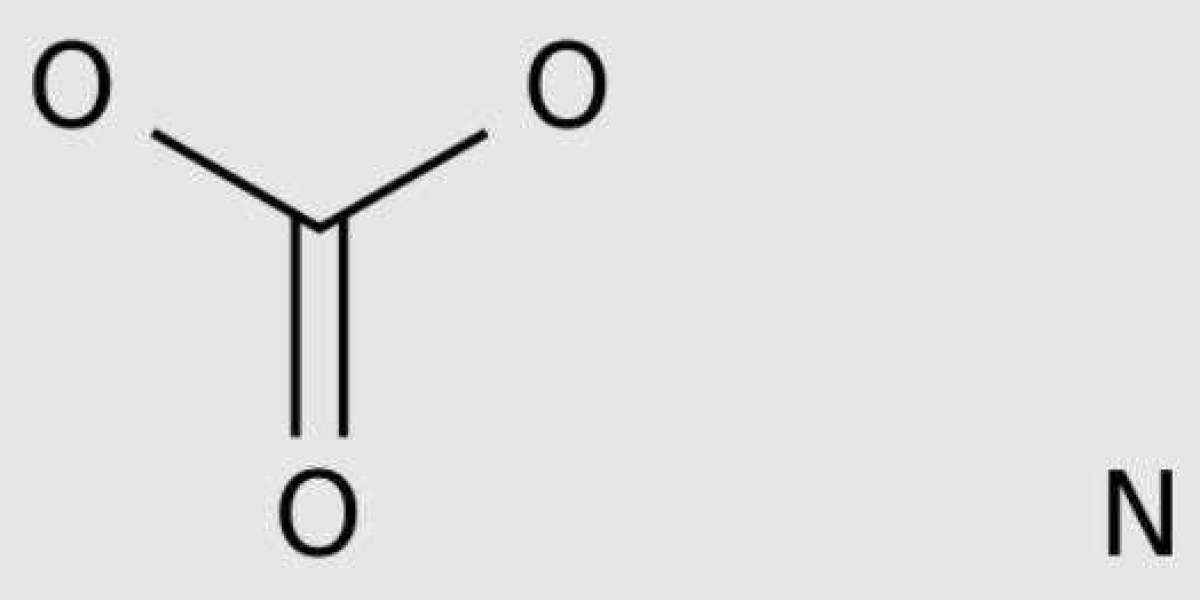Inorganic compound ammonium bicarbonate is a colorless solid salt, which can be easily decomposed into carbon dioxide, water and ammonia. Adding it as an additive can improve the quality of the final product.
Widely used in industries such as beverages, candies, flat biscuits, and cookies, refractory products, pharmaceuticals, and agriculture.
Here are some key points about the buffer of this function:
What is the use of ammonium bicarbonate?
Ammonium bicarbonate is a white powder or crystalline (sandy) substance with an odor of ammonia. It is used for cooking, fire extinguishers, paint making, and other items.
Is ammonium bicarbonate unsafe?
Ammonium bicarbonate is safe. But it can irritate the skin, eyes, and respiratory system. Exposure to high concentrations of ammonium bicarbonate can have immediate or short-term health effects. Inhaling ammonium bicarbonate can irritate the nose, throat, and lungs, causing coughing, wheezing, or shortness of breath.
Is ammonium bicarbonate baking soda?
Ammonium bicarbonate is a kneading agent, similar to baking powder and baking soda. It was originally made from deer antlers and is one of the ancestors of modern powder. Nordic people still use it because it makes their dough and gingerbread cookies very light and crispy.
What is the difference between sodium bicarbonate and ammonium bicarbonate?
Sodium bicarbonate leaves residue of alkaline sodium carbonate, while ammonium bicarbonate does not leave residue due to thermal decomposition. Therefore, it has no effect on the pH value of cooked products. Therefore, ammonium bicarbonate is only used for low moisture products such as cracking.
Can ammonium salt products be safely consumed?
Compounds such as ammonium bicarbonate, ammonium hydroxide, ammonium phosphate, and ammonium chloride are considered safe in small amounts. In 1974, the US Food and Drug Administration classified ammonium hydroxide as GRAS or generally safe.
Why does baking soda smell like ammonia?
The behavior of baking soda is similar to acid and may contain a small amount of sodium ammonium carbonate. If you mix baking soda with ammonium salt and add water, ammonia will be produced.
What can you use instead of ammonia?
If you can't find bread ammonia, you can also use baking soda instead. Due to the slightly stronger fermentation ammonia than baking soda, only 25% baking soda needs to be added to the formula. This means that one teaspoon of bread ammonia requires 1/4 teaspoon of baking soda.
What happens if you mix ammonia and baking soda?
Like baking soda, cooking ammonia reacts when mixed with acids and liquids. But this time, due to the release of carbon dioxide, ammonium carbonate releases ammonia. Usually, using ammonium carbonate and sodium bicarbonate (baking soda) together will not have any significant effects.







